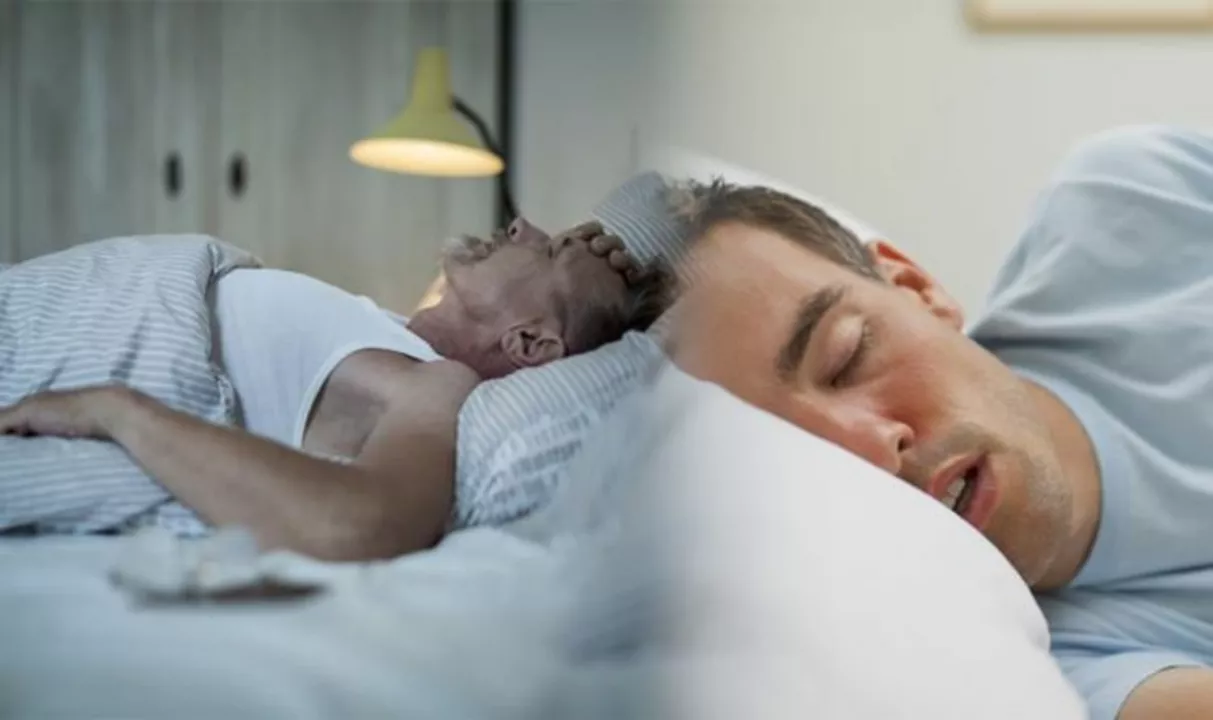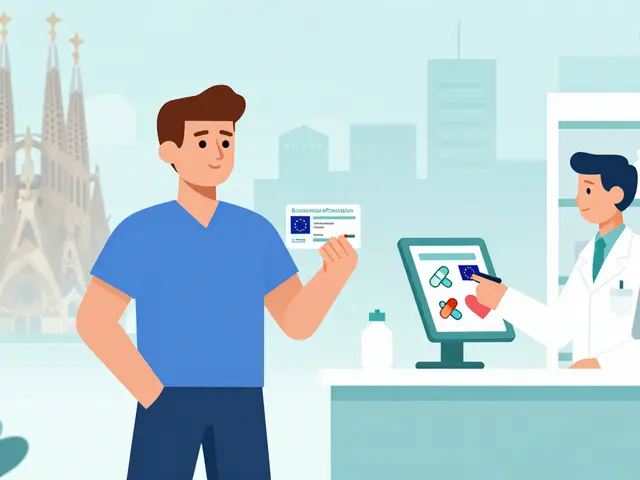Incontinence: Practical Help, Tips, and Treatments
Leaking urine is more common than you think, and you don't have to suffer in silence. Start by keeping a short bladder diary for three to seven days: jot down drinks, bathroom times, urges, and any leaks. That little log helps spot patterns and points you toward the most useful fixes.
There are a few main types: stress (leak with cough, laugh, lift), urge (sudden strong need to go), overflow (bladder never empties well), and functional (can't reach the toilet in time). Treatment depends on the type, so knowing which one fits you speeds up results.
Simple daily fixes that really work
Pelvic floor exercises (Kegels) help many people. Squeeze the muscles you’d use to stop urine, hold 3–5 seconds, relax, repeat 10–15 times, twice a day. If you’re unsure you’re doing them right, ask a nurse or physiotherapist—biofeedback can help.
Try bladder training: delay emptying by 10–15 minutes when the urge hits, then slowly increase that delay. Pair training with scheduled bathroom visits (every 2–4 hours) until the bladder calms down.
Small lifestyle changes add up. Cut back on caffeine and alcohol, which can irritate the bladder. Spread fluids across the day and avoid gulping large amounts at once. If you’re overweight, losing even a little weight often reduces leaks. Treat constipation—straining makes incontinence worse.
Products, meds, and medical options
Absorbent pads and leak-proof underwear protect your clothes and skin. Look for breathable materials and a fit that matches how active you are. For night leaks, consider a mattress protector and higher-absorbency nighttime products.
Medications can help urge incontinence—antimuscarinics or mirabegron are commonly used—but they have side effects and need a prescriber. Topical vaginal estrogen can reduce leaks and irritation in postmenopausal women. Men with prostate issues may need different drug or surgical options.
If basic steps don’t help, tests like a urine analysis, bladder scan, or urodynamics can pinpoint the problem. Simple fixes often come first, but surgery or a sling procedure may be right for some stress incontinence cases. Neuromodulation and Botox injections are options for refractory urge incontinence.
When to see a clinician: sudden new leakage, blood in urine, fever, severe pain, trouble emptying, or if incontinence affects daily life or sleep. Also see a doctor if you suspect a urinary tract infection—symptoms often overlap and treatable infections can cause sudden worsening.
Practical habit tips: schedule bathroom breaks (especially before leaving home), double-void (try peeing twice a few minutes apart), wear dark clothing until you find a reliable routine, and carry spare underwear and pads. Small predictable steps reduce stress and make life easier fast.
If you need help finding products or a local pelvic floor specialist, start by asking your primary care doctor or pharmacist. You don’t have to manage this alone—many simple changes make a big difference in comfort and confidence.
Incontinence can greatly affect our sleep quality, making it difficult to get a good night's rest. To improve our sleep, it's important to maintain a consistent bedtime routine and limit fluid intake before bed. Additionally, using incontinence products like absorbent pads or briefs can help us feel more confident and secure while sleeping. Don't forget to consult a doctor to address any underlying medical issues that may be causing incontinence. Lastly, practicing relaxation techniques, such as deep breathing or meditation, can help us fall asleep more easily and sleep more soundly.
Continue reading...



